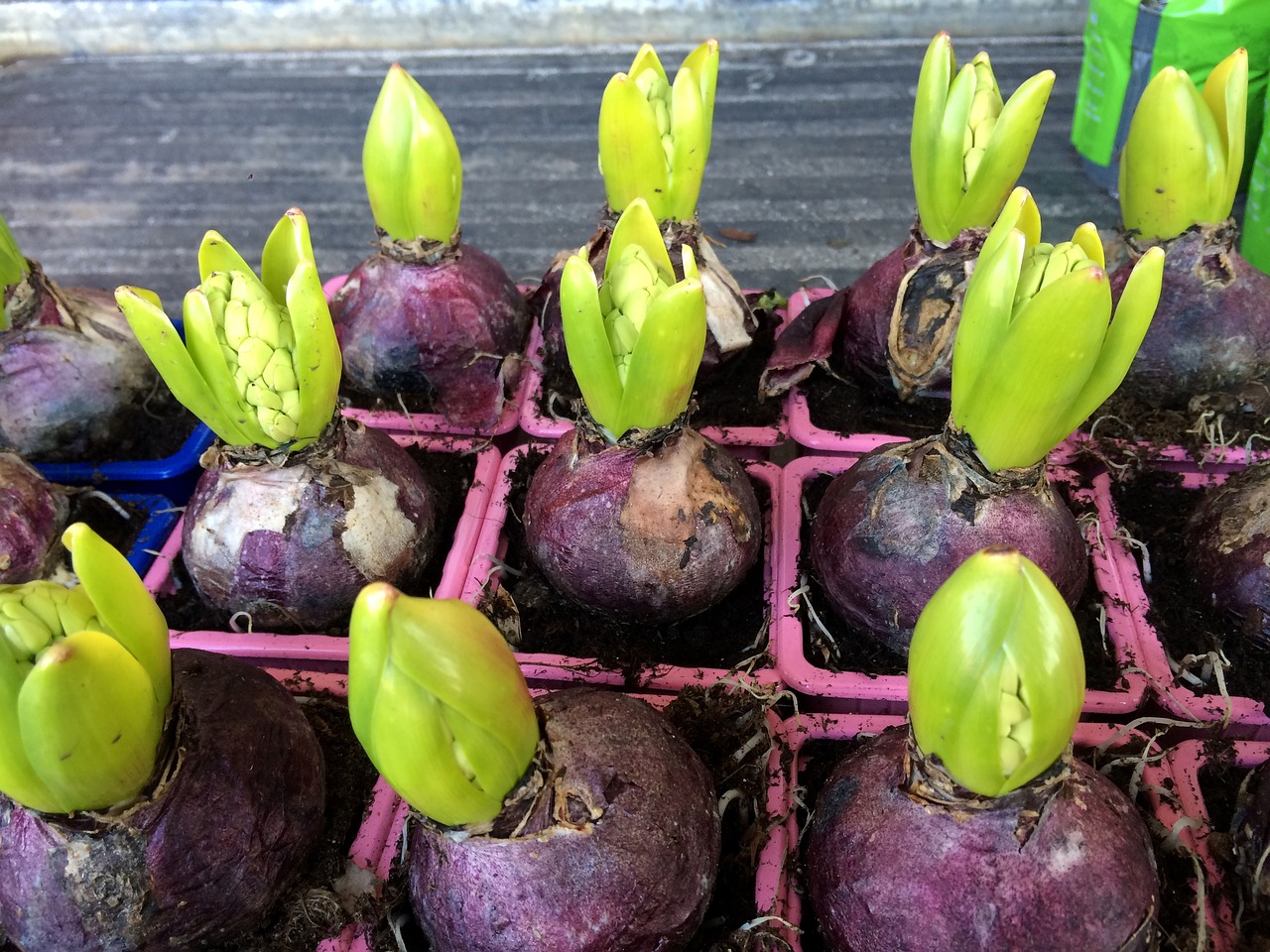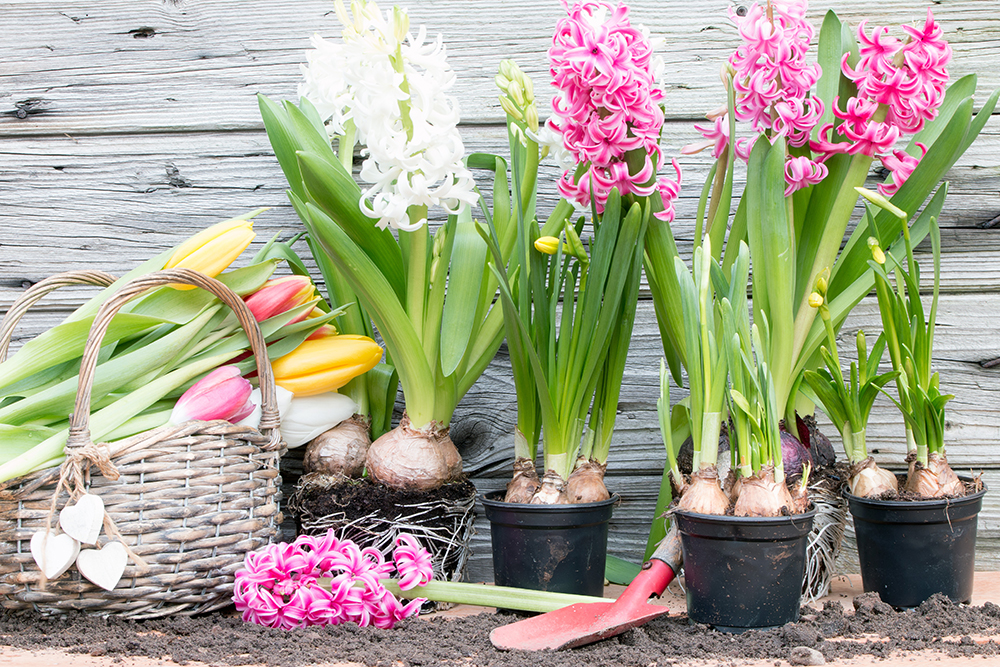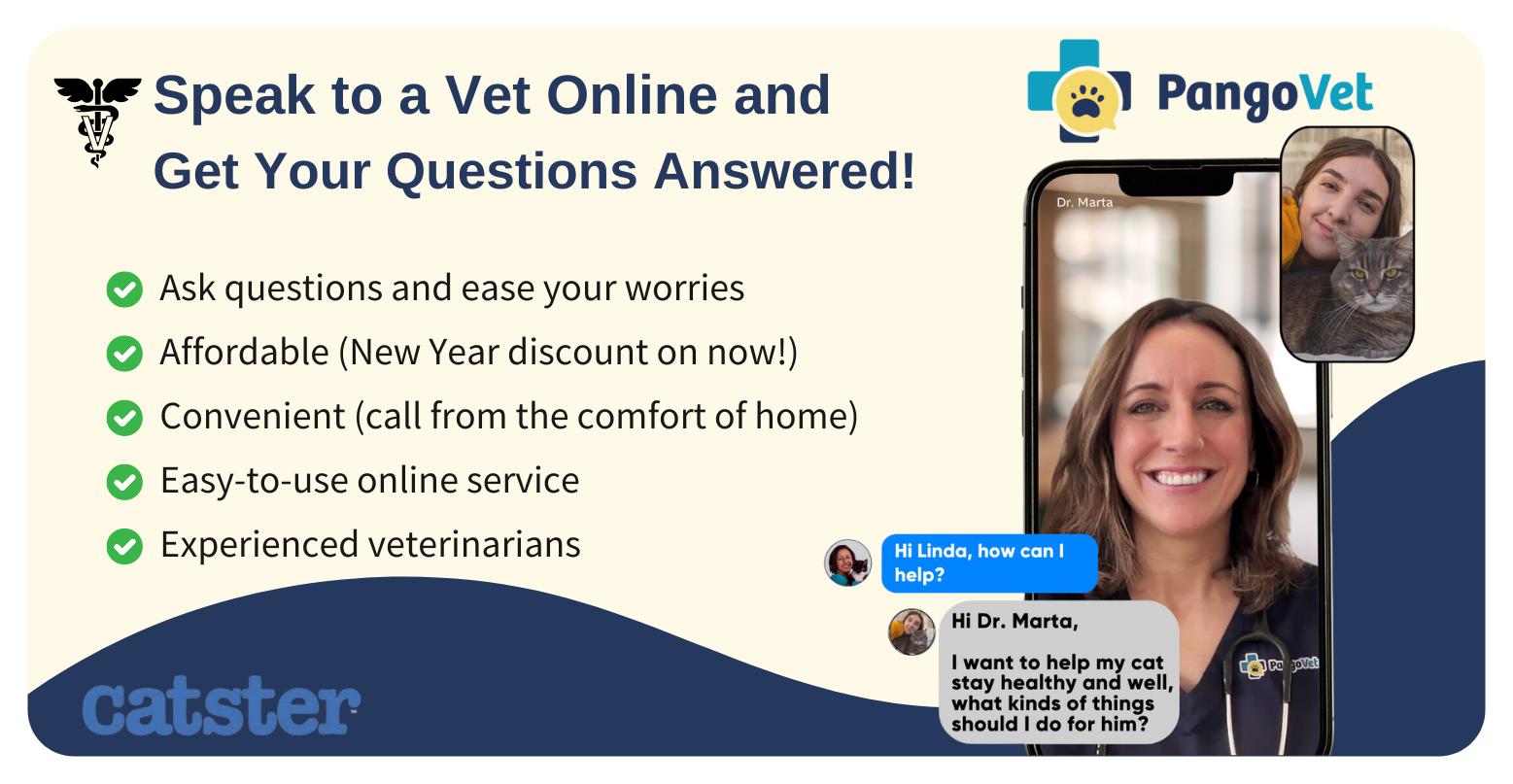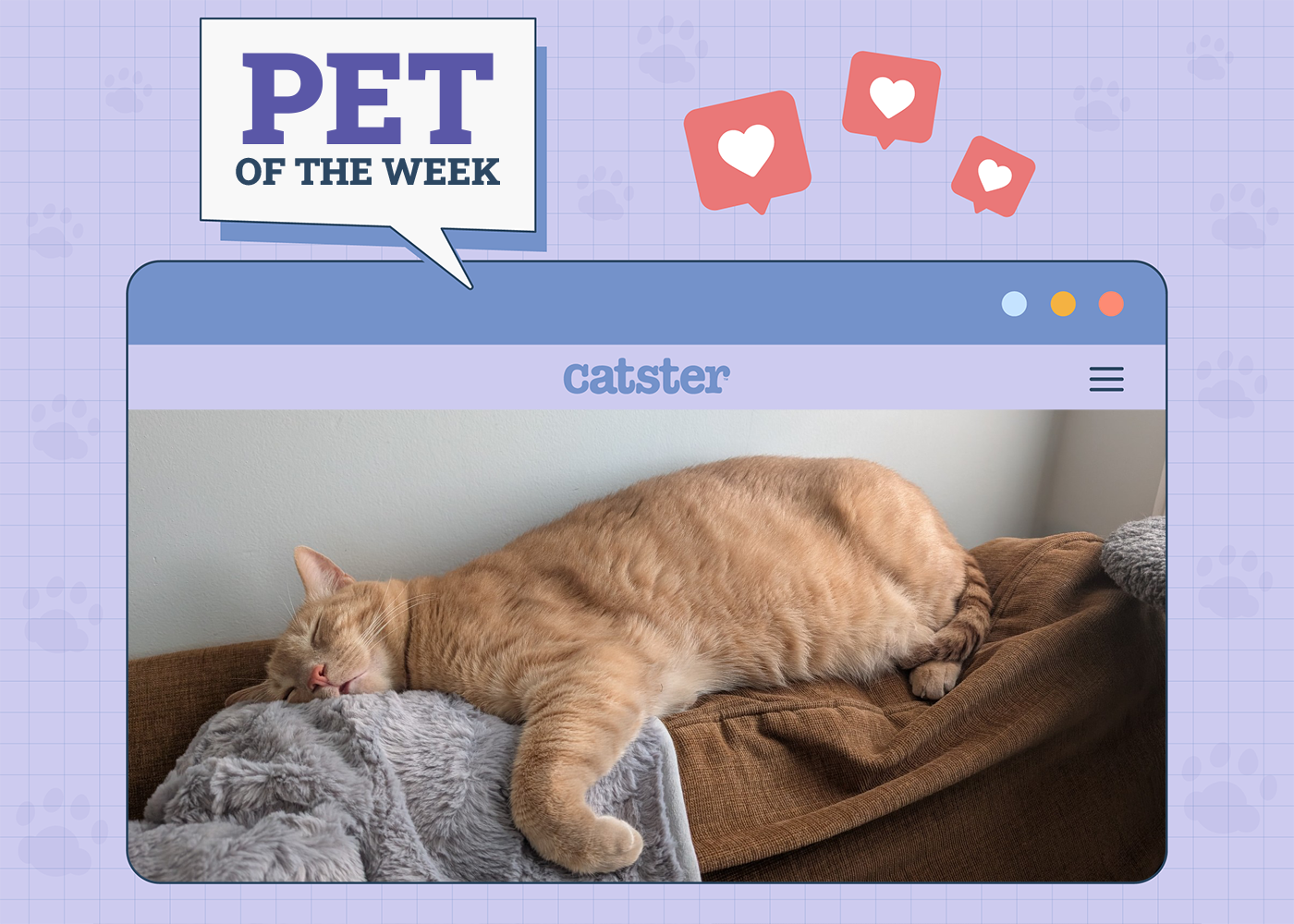Click to Skip Ahead
Hyacinths are beautiful, colorful plants that bloom once a year in mid-spring. They are known as “nature’s perfume” because of the intoxicating smell they emit, and they add plenty of color to any landscape. These plants bloom in an array of vibrant colors, such as lilac, pink, white, purple, blue, cream, red, and apricot.
If you have a feline fur baby, you may be wondering if your beautiful hyacinths are safe to have around your kitty. So, are hyacinths poisonous to cats? Even though these plants are incredibly beautiful, sadly, hyacinths are poisonous to cats. In this article, we’ll explain why and what you can do to keep your cat and other pets safe.

What Makes Hyacinths Poisonous to Cats?

These plants belong to the Liliaceae family and contain lycorine, an alkaloid present in the bulb and sap. If ingested, especially in large amounts, it can cause some rather unpleasant signs for your cat, such as vomiting, diarrhea, and drooling.
If large amounts are ingested, it can cause severe reactions, such as elevated heart rate and difficulty breathing. If your cat ingests any part of the plant, whether it’s the leaves, flowers, or especially the bulbs, it’s vital that you contact your veterinarian as soon as possible. You can also call the pet poison hotline for immediate help and advice. The brown outer layers of the bulb also contain insoluble oxalate crystals, which cause pain when they are chewed on.
If you need to speak with a vet but can't get to one, head over to PangoVet. It's an online service where you can talk to a vet online and get the advice you need for your pet — all at an affordable price!
How to Keep Your Cat Safe
Even though these plants are toxic to cats, it doesn’t mean you cannot have them around your home. If your cat is strictly indoors and you have these plants in your landscaping, then there’s no cause for alarm. However, if you have these plants in containers inside your home—well, that’s a different story.
Preferably, you should avoid this plant indoors altogether, but if you can’t live without them, there are measures you can take to keep your cat and any other pets safe.
First, keep the plant in a location that your cat doesn’t have access to. Be sure to pick up any blooms or bulbs that fall onto the floor, regardless of where you keep the plant.
Second, if your cat has access to every part of your home, you’ll need to plant the hyacinth in containers that hang from the ceiling in areas your cat absolutely cannot reach. Many cats are high jumpers, and if you have a cat that can jump onto pretty much anything to get to something it wants, you should consider not having a hyacinth indoors.

Alternative Plants That Are Considered Safe
Now that we’ve established that the hyacinth is poisonous to cats, here is a rundown list of plants to have that are safe so you don’t have to worry about harming your pets:
- Gloxinia
- African Violet
- Orchids
- Boston Fern
- Polka Dot Plant
- Bromeliad
Of course, this is not an exhaustive list of safe plants to have around your kitty, but before purchasing any type of plants, especially indoor plants, ensure they are safe for your cat.

Final Thoughts
Plants are lovely additions to any home, but when you have pets, their safety should be your number one consideration. While hyacinths are poisonous to cats, there are many other plants to choose from that are safe for both dogs and cats. It just takes a little research on your part to ensure your pet’s safety. When in doubt, you can always check the ASPCA website, which has lists of safe and toxic plants, before bringing any type of plants inside your home or planting them in your landscaping.
See also:
- Is Cedar Poisonous to Cats? What You Should Know!
- Are Hydrangeas Poisonous to Cats? Common Houseplants Examined
Featured Image Credit: Piqsels










